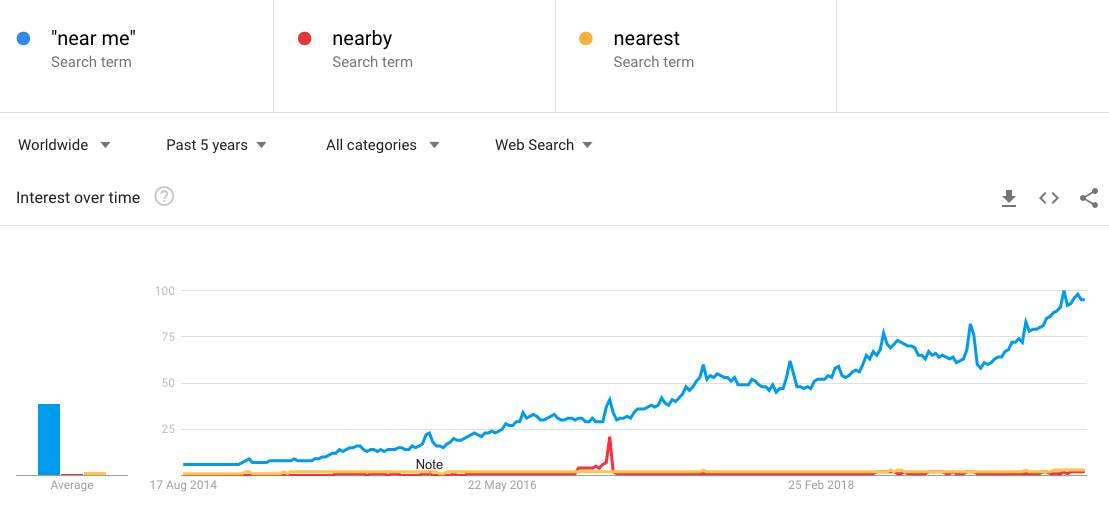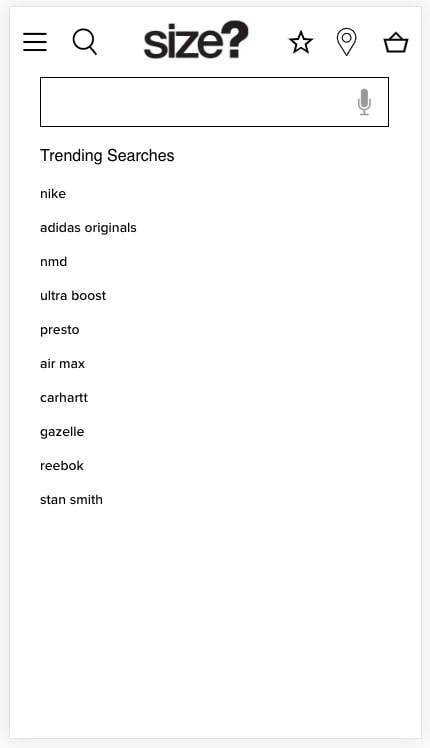

How to optimise your eCommerce site for Voice Search
There are over 13 million smart speaker users in the UK, which is 32% higher than in 2018. With nearly 70% of these being an Alexa or Amazon-powered device.
Amazon Echo, Google Home and other smart speakers like Apple’s HomePod are not the only ones responsible, unfortunately. Systems like Microsoft Cortana and Apple Siri have also done their bit.
As well as smart speakers, almost every mobile device and most smartwatches now have a microphone which can be used for voice search. This enablement has meant currently around 20% of mobile searches are attempted with voice rather than typing.
For any eCommerce business, it is incredibly important to make decisions which will secure the future success of the company and attempt to position their brand at the forefront of a customer.
In this article, we explore several opportunities an eCommerce retailer can optimise their web store to be voice-search-ready and optimised for receiving web traffic via voice search.
The key difference between Voice vs Text search
The average person can type around 40 words per minute, but can actually speak around 150 words per minute – making it nearly 4x faster to talk than it is to type. Therefore from an efficiency point of view, it is simply quicker to search for an answer with your voice than it is to type it.
Also, 70% of the search queries in the Google assistant are in the natural language – this means it is possible for a user to see/hear very different results when searching via voice and text.
Voice searches have more words and are usually longer queries
Voice search tends to be more local related, or looking for local specific answers
Voice searchers are normally questions rather than queries like “women’s white t-shirt”
Optimisation for questions
With most voice searches being in a question form, a user is searching for “where is my nearest PC world?” or “how do I bake a cheesecake?”, instead of “cheesecake receipt” or “pc world near me”.
Therefore, when creating content on your eCommerce site, use natural language to phrase and answer questions. It is best practice to use ‘trigger words’ which is how many start their query. The most popular trigger words are:
Trigger Word–% of voice queries
how - 9%
what - 5%
best - 3%
the - 1%
is - 0.7%
where - 0.6%
can - 0.4%
top - 0.4%
easy - 0.4%
when - 0.4%
why - 0.3%
who - 0.3%
new - 0.3%
recipe - 0.3%
In February 2018, Backlinko analysed 10,000 results from Google Home search results and found that Google prefers short, concise answers in reply to voice search queries. They found that the typical result was 29 words in length, but was written long-form.
Find the full results of Backlinko’s study here.
Focus on local queries
Moz recently reported that voice-related searches made from mobiles are 3x more likely to show local-based results, made possible by our mobiles knowing our locations. So, in order to optimise your eCommerce website for voice search, you should use keywords that are based on searchers’ intent and local needs.
For example, if you do a voice search and ask the question ‘where can I buy maxi dresses’, the results feature shops that are near you and not generic pages which normally rank highly and contain keywords about maxi dresses.
There are many customers who still prefer to either shop in-store, so they can use a shop assistant to advise them, or like to pick-up their product in-store. Either scenario means that users are likely to look for stores or product which is local to them. This type of behaviour can be seen by looking at “near me” searches:

We have seen some really clever implementations of “near-me” SEO strategies recently, particularly where retailers are using a stock-finder function placed on their product-pages to pre-load and cache a users location – this data then becomes useful for each users specific SEO results.
However, most local SEO strategies for eCommerce businesses are focused heavily on content pages or store pages – with the intent to help the user/searcher get to the store. Leaving PPC activity to drive local related traffic interested in products or categories.
Implement voice search INTO your site
As well as ‘voice’ being a “traffic acquisition” strategy (where users arrive onto your site, or the content on your site is read-aloud), it can also become a “CRO” strategy with the aim of increasing the conversion rate of your website visitors who use the site-search functionality.
Giving users the ability to search with their voice allows the search results list to be much more relevant and for the website to return products that a user is more likely to purchase.
The footwear retailer Size has integrated voice search functionality into their mobile and desktop search box, which is a great piece of innovation:

Adding a voice-entry function into this area should also allow all content to be searched within, not just products. So if a user voice searches for “What is the closing time of your Nottingham store?” – the results can be specific and useful, and not generic.
Final words
Voice search is not a short-term trend or a shiny new piece of technology that will disappear in a year or two, it is growing to become part of most consumers’ daily lives and it’s completely revolutionising how people use search engines and smart devices. If you’re looking to keep up with consumers voicing out their search queries, now is the time to do it.
Do you need help doing that? Get in touch with us to discuss your eCommerce and voice search needs.